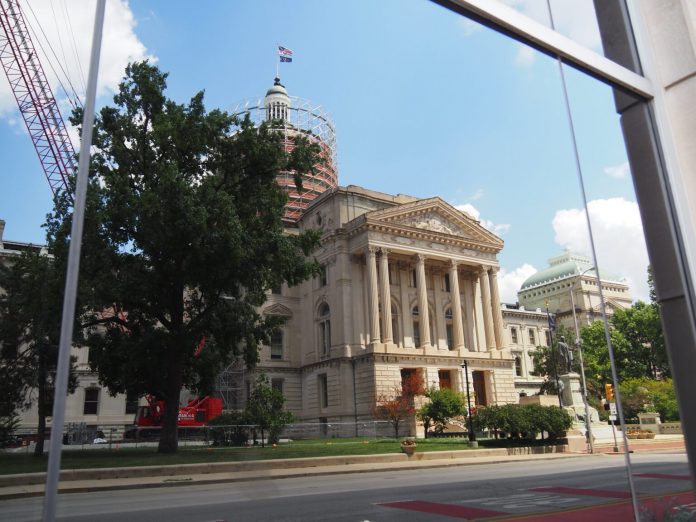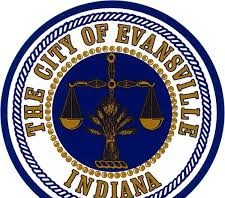An interim legislative task force wrestled with the state’s hundreds of boards and commissions Tuesday, struggling to learn more about their finances and meeting schedules. Such groups can include powerful boards who can grant professional licenses, review an inmate’s parole application and approve utility price increases while others were designed to be one-off planning committees or exist in name only.
“I don’t think it’s a controversial statement to say we have too many,” said Adam Battalio, a senior policy advisor for Gov. Mike Braun. Battalio, whose Tuesday presentation was limited to just boards and commissions, counted at least 224 such bodies with a gubernatorial appointment.
For years, leaders have sought to tamp down on the state’s various councils and task forces, most recently in a house bill that ultimately didn’t advance in the 2025 legislative session. Last year, a similar committee scrutinized various groups, which itself came from 2023 legislation. But determining which groups merit keeping — and which to phase out or combine with others — has been more difficult.
Such bodies have roughly doubled in the last 25 years, Battalio said, across Republican and Democrat administrations and legislatures.
“It’s not bad intentions that are behind this growth. In fact, it’s probably important for us to recognize good intentions, over time, grow government,” Battalio said. “… Those same good intentions can help address this problem (and) reshape government to be more responsive, more efficient.”
But some lawmakers were perturbed to learn that the state’s Legislative Services Agency has trouble tracking spending and other activities for some boards and commissions.
“One of the first things that came out is they almost no visibility on some of these boards and commissions. Can’t track them; can’t see them,” said Sen. Chris Garten, R-Charlestown. “… Which is a problem.”
A “low-ball” estimate pinned those cumulative costs at $700,000, but that doesn’t include per diem or travel costs for legislators, coffee or lunch for members or program funding, Battalio said.
“… you will notice on those (legislative services agency) fiscal numbers … There are no aggregated totals. Part of that is because they’re concerned they can’t see everything, so they’re worried about the accuracies or inaccuracies,” Garten added.
A better-informed total would be forthcoming, he said.
Measuring boards and commissions
Measuring meeting frequency and outcomes proved more difficult, as 56 boards didn’t have any online information at all. While that category would need further scrutiny, Battalio said, the average for other groups was 12 meetings per year in 2024.
Outliers with dozens — or even hundreds — of meetings included the parole board, the Indiana Utility Regulatory Commission, the Alcohol and Tobacco Commission, and Nursing Board. However, Battalio cautioned against using the data without the full context.
“Meeting frequently does not make you important; meeting infrequently does not make you unimportant,” Battalio said.
Battalio also noted that as states reviewed their own groups, including Iowa and Arkansas, some were necessary to draw down federal funds.




